Green neon tetra - Paracheirodon simulans
Scientific name: Paracheirodon simulans
Common name: Green neon tetra
Family: Characidae
Usual size in fish tanks: 2 - 3 cm (0.79 - 1.18 inch)
014
Recommended pH range: 5 - 6.5
Recommended water hardness: 0 - 4°N (0 - 71.43ppm)
0°C 32°F30°C 86°F
Recommended temperature range: 24 - 27 °C (75.2 - 80.6°F)
The way how these fish reproduce: Spawning
Where the species comes from: South America
Temperament to its own species: peaceful
Temperament toward other fish species: peaceful
Usual place in the tank: Top levels
General Information
The Green neon tetra (Paracheirodon simulans) is a tiny characin native to the upper Rio Negro and Orinoco basins in South America. It inhabits shaded, slow blackwater creeks (igapó/igarapé) rich in leaf litter and dissolved tannins. Compared with P. innesi and P. axelrodi, it stays smaller and shows a more green-turquoise lateral stripe with much less red on the body. Adult size in aquaria is usually 2–3 cm. Keep in shoals of 10 for natural behavior and confidence./p>
Food & Feeding
Omnivorous micro-predator that picks at tiny invertebrates and biofilm. Use quality micro-flakes or micro-pellets as the staple, and rotate small frozen/live foods (baby brine shrimp, cyclops, daphnia, finely chopped bloodworms). Offer tiny portions 1–2× daily; fine foods prevent choking and reduce waste. A bit of spirulina-based feed helps round out the diet.
Sexing
External differences are subtle. Mature females are rounder/fuller-bodied, especially when gravid; males remain slimmer and may show slightly crisper stripe definition.
Breeding
P. simulans is an egg-scatterer and not easy to spawn. For best results, use a separate, dim tank with very soft, acidic water (see parameters below), spawning mops or fine plants, and near-darkness because the eggs are light-sensitive. Adults may spawn in a small group; remove them post-spawn. Eggs typically hatch in ~24–36 h; once free-swimming, start with infusoria/liquid fry foods, then newly hatched brine shrimp.
Lifespan
Commonly 3–5 years with excellent water quality and low stress.
Tank Requirements & Water Parameters
- Group & space: shoal of 10 ; a long 45–60 cm (18–24″) tank with dense plants, leaf litter, and shaded areas.
- Water: this is a blackwater specialist. Aim for pH ~5.0–6.5 (can adapt up to neutral if tank-bred and acclimated), GH 0–4 °dH, temperature 24–27 °C (76–81 °F). Keep nitrate very low; stable, soft conditions matter more than chasing exact numbers.
- Filtration & flow: gentle flow, high oxygen; use dark substrate, wood, and botanicals for tannins. Floaters help diffuse light.
- Maintenance: small, frequent water changes; avoid sudden parameter shifts.
Compatibility & Tank Mates
Peaceful, timid shoaler. Combine with other tiny, non-nippy soft-water species (e.g., small rasboras, dwarf pencils, gentle dwarf corys/aspidoras, small apistogrammas that won’t prey on them). Avoid large or boisterous tankmates and fin-nippers.
Behaviour & Usual Place in the Tank
Occupies the upper to mid-water layers, especially under leaf-litter shade and among fine plants. Provide open lanes for schooling plus dim refuges to reduce skittishness.
Identification Notes
Often confused with neon (P. innesi) and cardinal tetras (P. axelrodi). P. simulans is smaller; the blue-green stripe extends more onto the head/eye and the red coloration is minimal, restricted near the tail.
Short Description
Green neon tetras are miniature blackwater characins from the upper Negro/Orinoco that thrive in large groups, very soft, acidic water, and subdued lighting. Provide tiny varied foods and pristine conditions to see their best color and schooling behavior.
Q&A
- Where is it from? Upper Rio Negro and Orinoco basins in South America (blackwater creeks).
- Do they tolerate neutral water? Tank-bred lines often adapt to ~pH 7.0 if very clean and stable, but breeding and long-term peak condition are easier in soft, acidic water.
- How many should I keep? A group of 10 —bigger shoals reduce stress and bring out schooling and color.
- How hard is breeding? Challenging—requires very soft, acidic water, darkness for eggs, and fine starter foods.
Pictures
Bought by aqua-fish.net from jjphoto.dk.
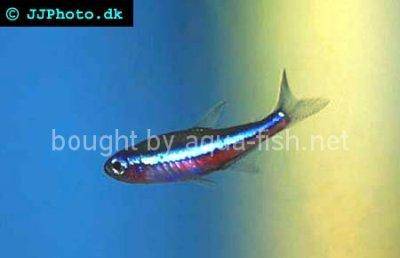


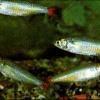 Bloodfin
Bloodfin 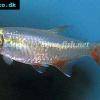 Bloodfin
Bloodfin 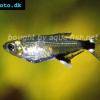 Panda
Panda 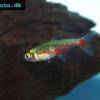 Green
Green 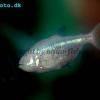 Blind
Blind 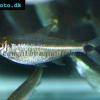 Kennedy
Kennedy 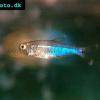 Blue
Blue 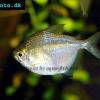 Discus
Discus 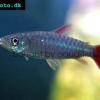 Pink
Pink 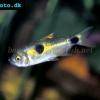 Bucktoothed
Bucktoothed 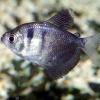 Black
Black 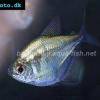 False
False 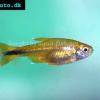 Silver
Silver  Hemigrammus
Hemigrammus 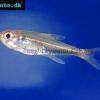 Dash-dot
Dash-dot 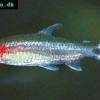 Rummy
Rummy 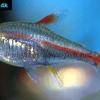 Glowlight
Glowlight 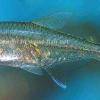 January
January 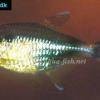 Head
Head 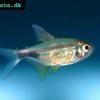 Garnet
Garnet 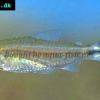 Rummy
Rummy 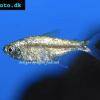 Gold
Gold 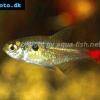 Red
Red 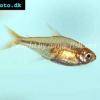 Ember
Ember 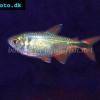 Buenos
Buenos 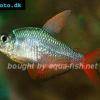 Colombian
Colombian 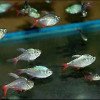 Ecuador
Ecuador 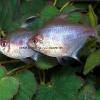 Bleeding
Bleeding 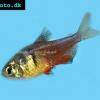 Flame
Flame 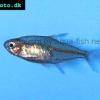 Georgett’s
Georgett’s 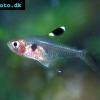 Griems
Griems 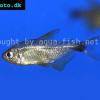 Kitty
Kitty 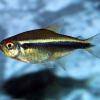 Black
Black 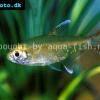 Firefin
Firefin 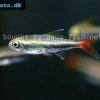 Loreto
Loreto 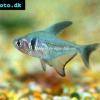 Black
Black 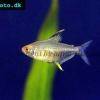 Lemon
Lemon 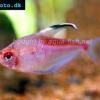 Redback
Redback 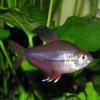 Rosy
Rosy 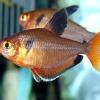 Serpae
Serpae 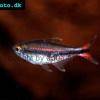 Savanna
Savanna 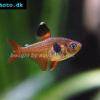 Red
Red 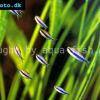 Blue
Blue 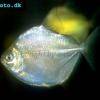 Silver
Silver 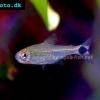 Ceros
Ceros 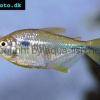 Napo
Napo 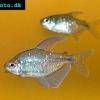 Diamond
Diamond 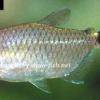 Red
Red 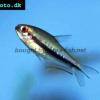 Rainbow
Rainbow 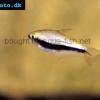 Emperor
Emperor 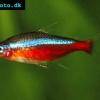 Cardinal
Cardinal 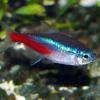 Neon
Neon 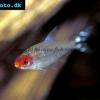 False
False 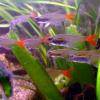 Glass
Glass 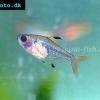 X-ray
X-ray 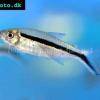 Penguin
Penguin